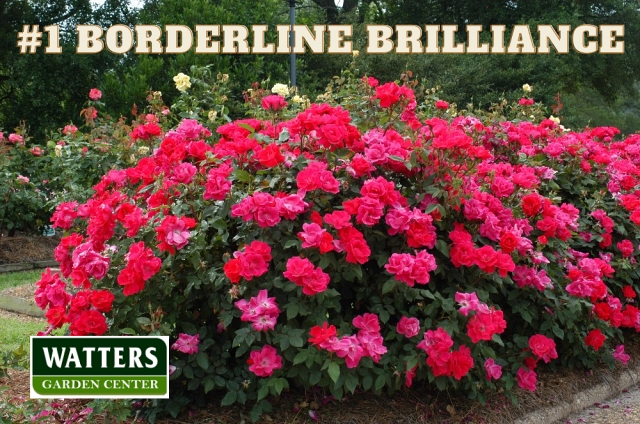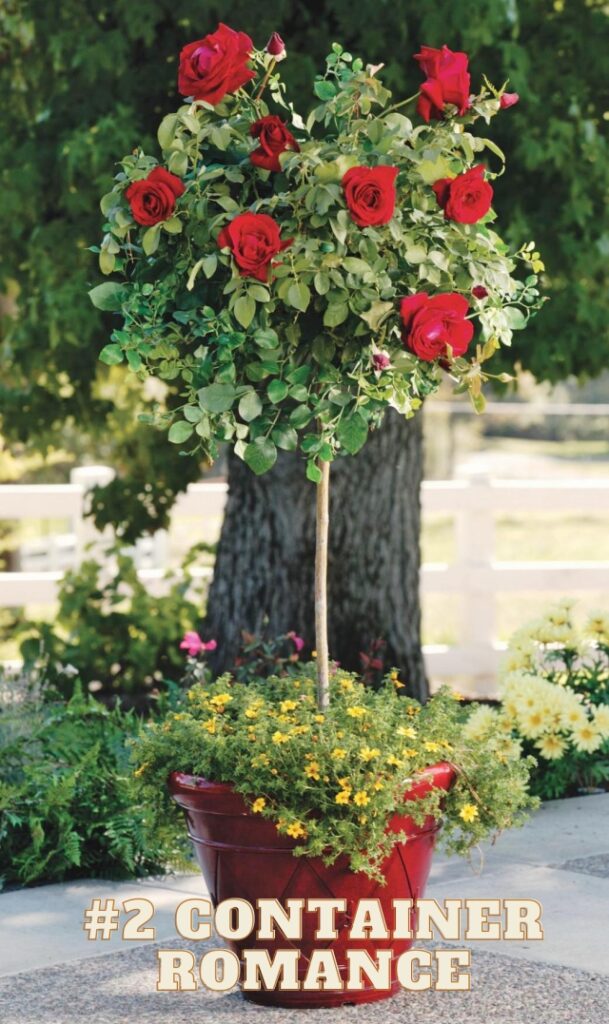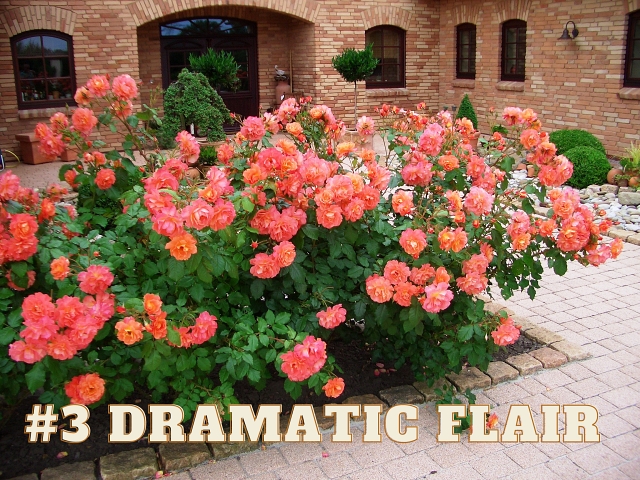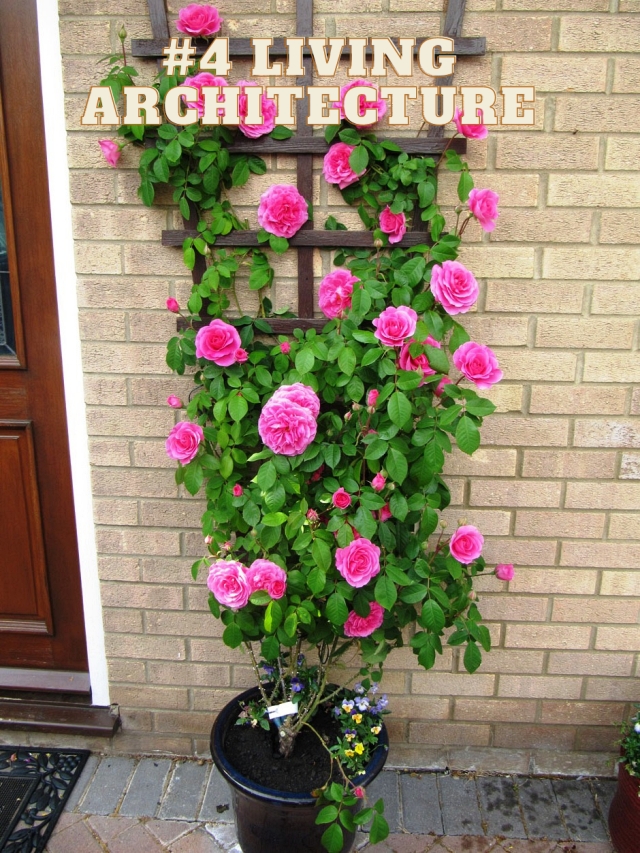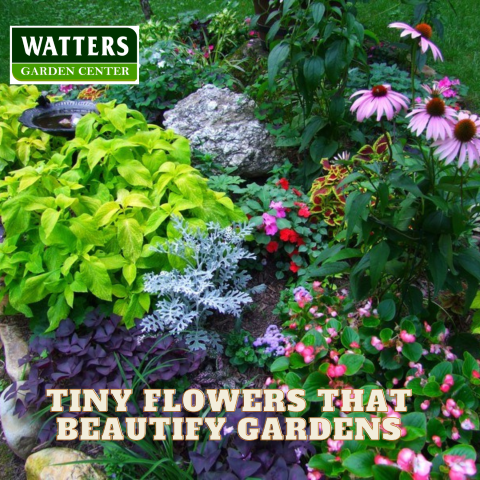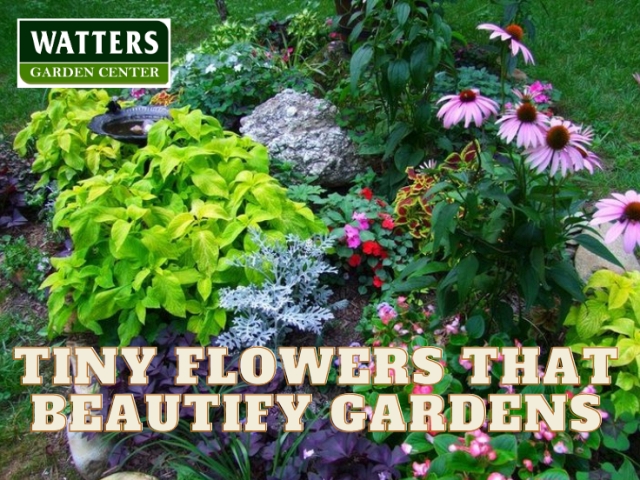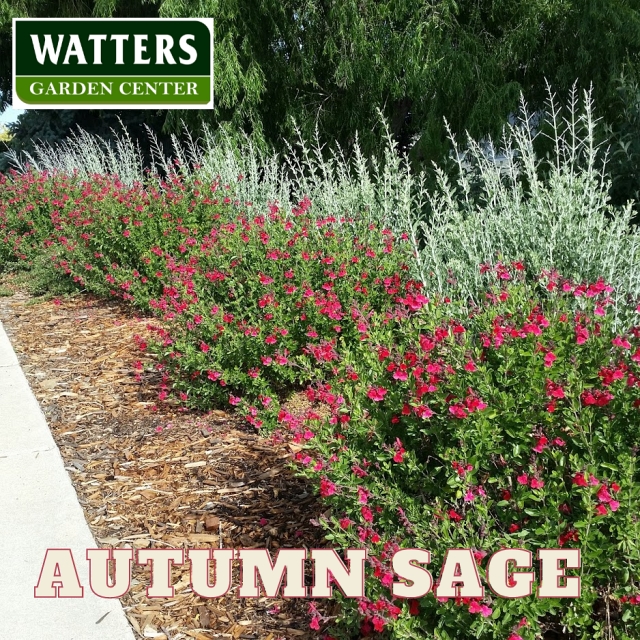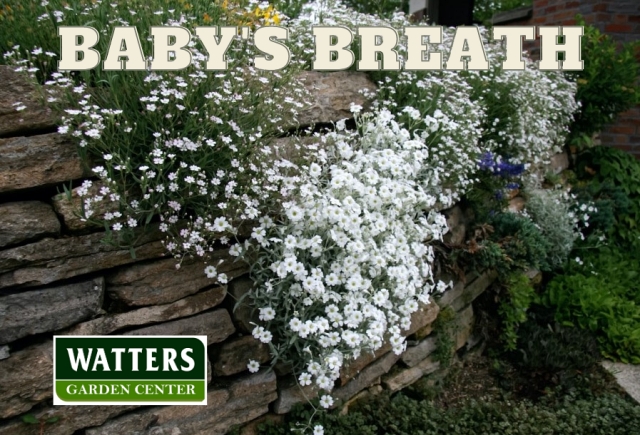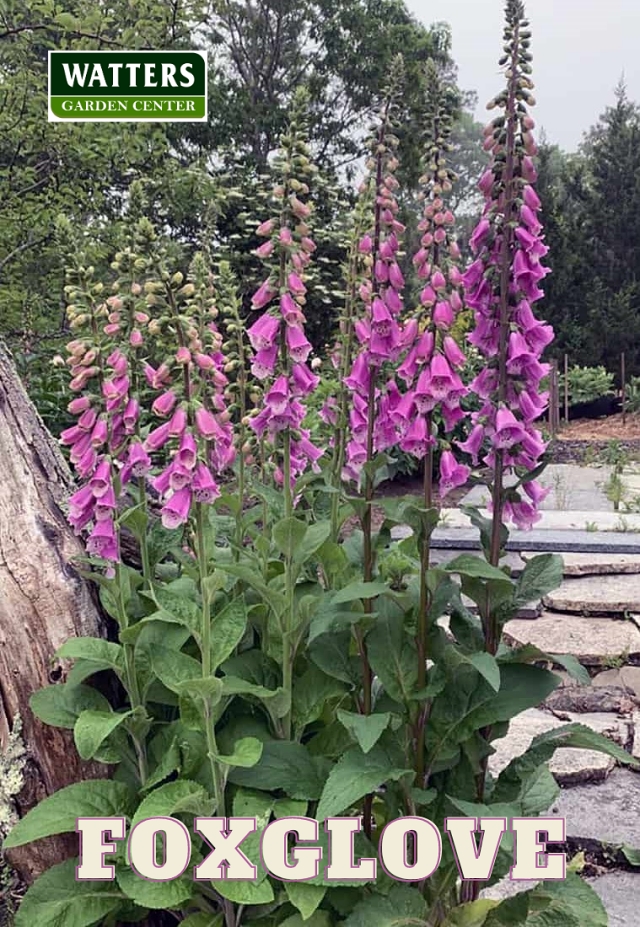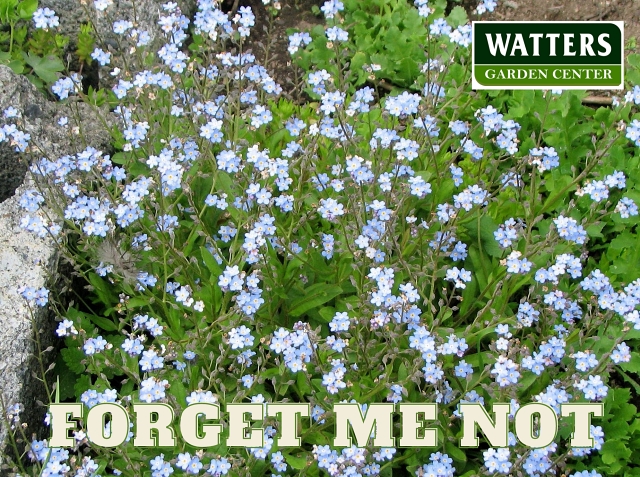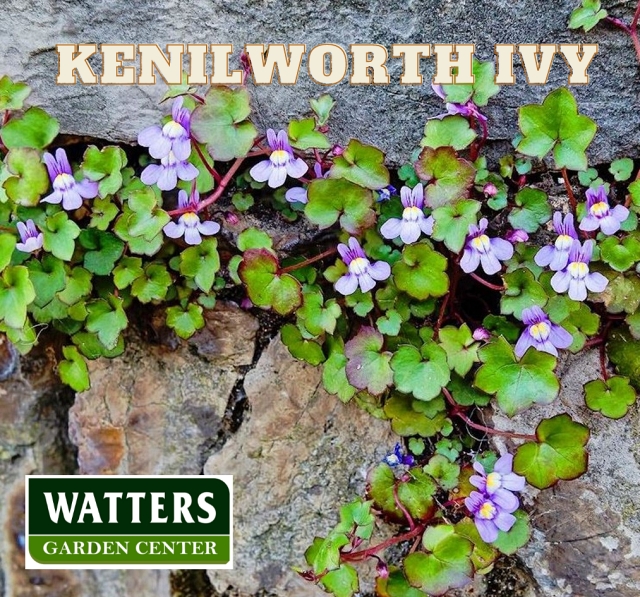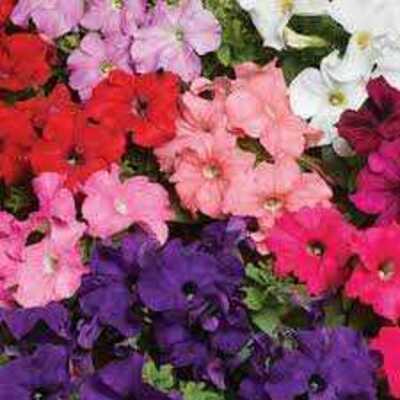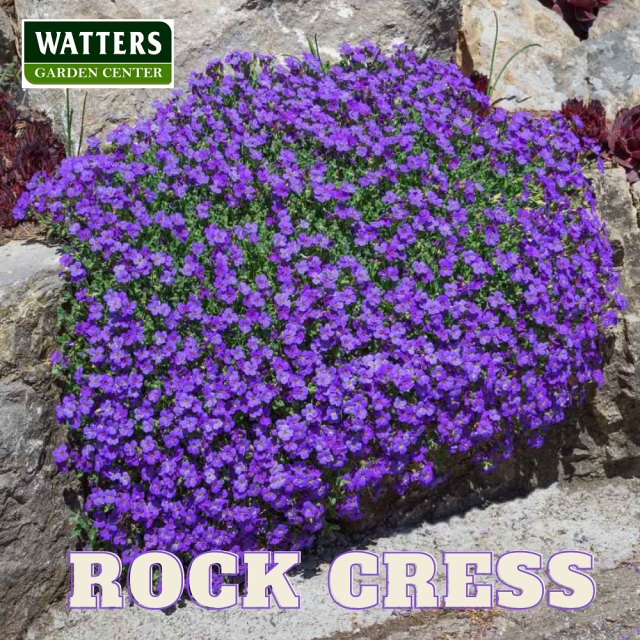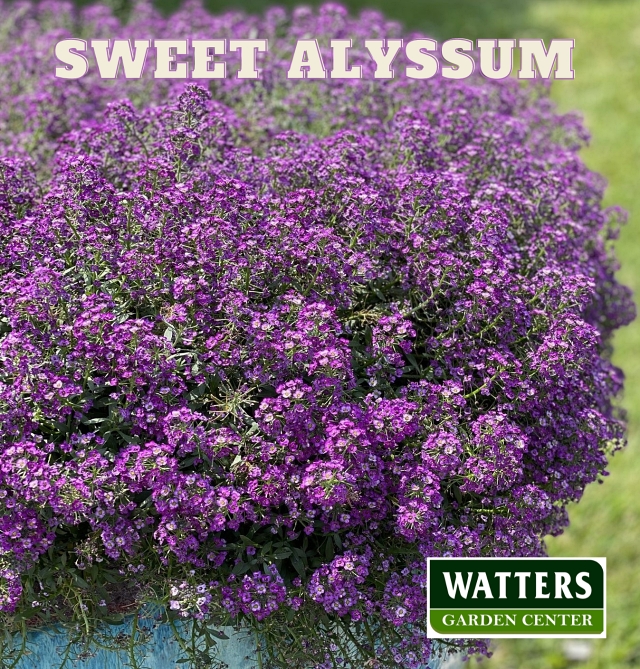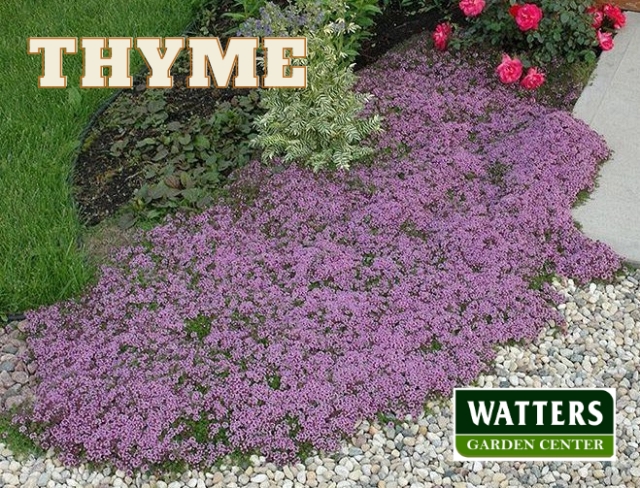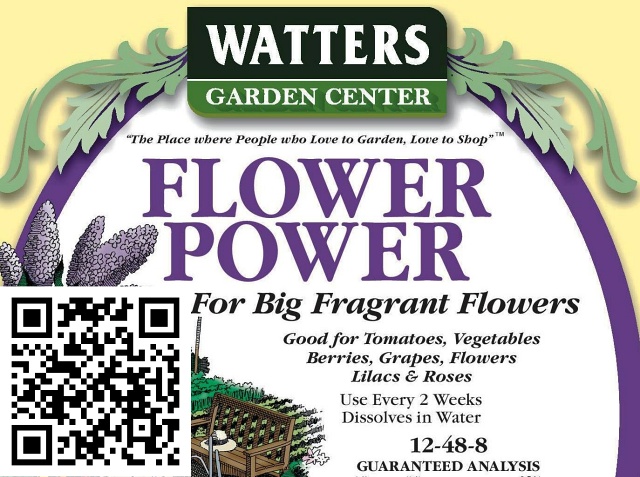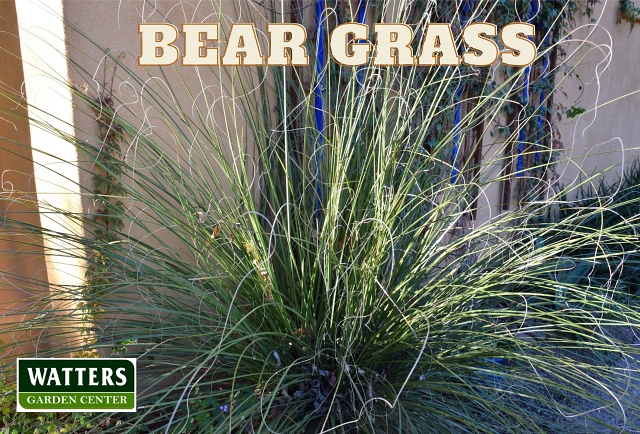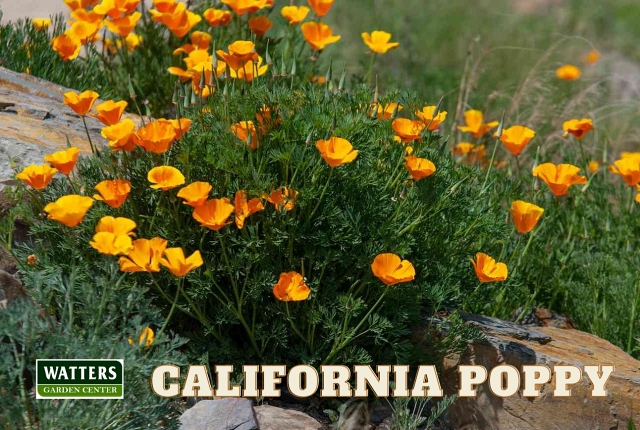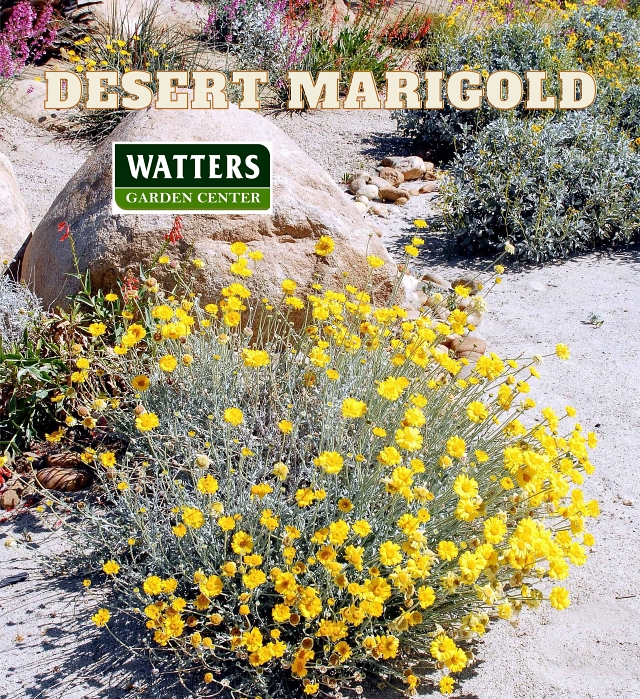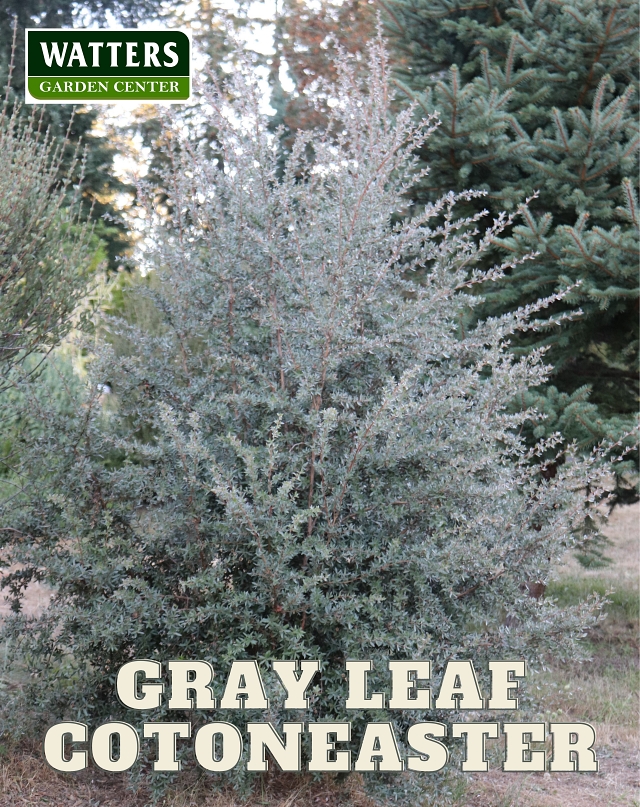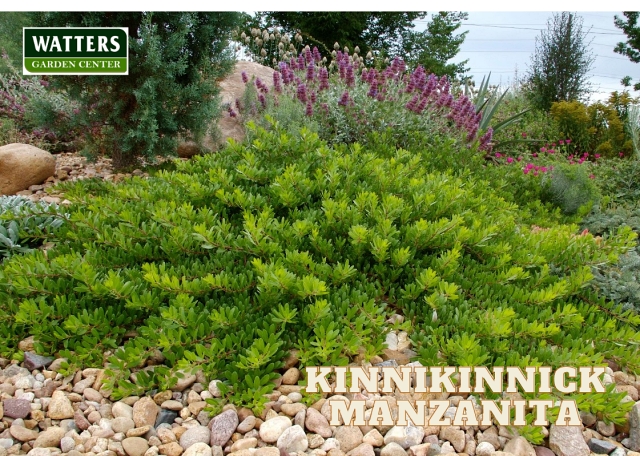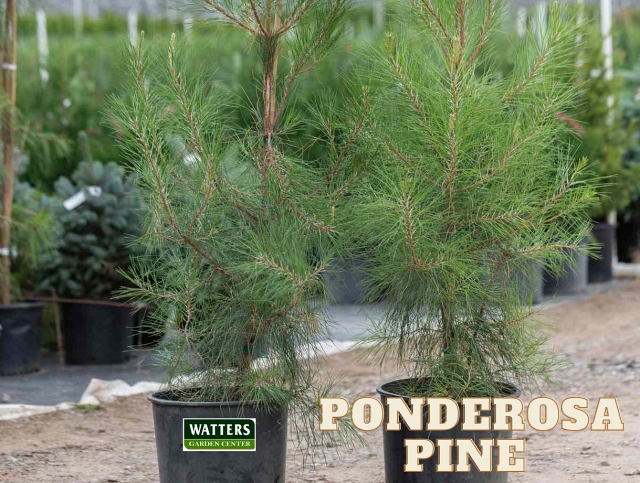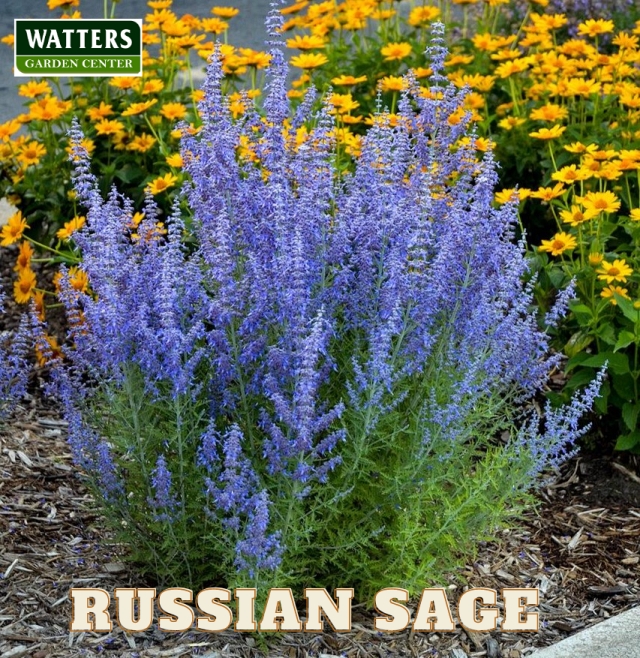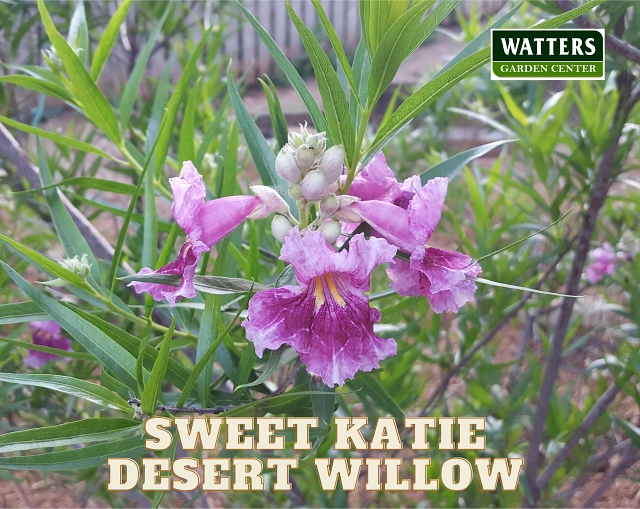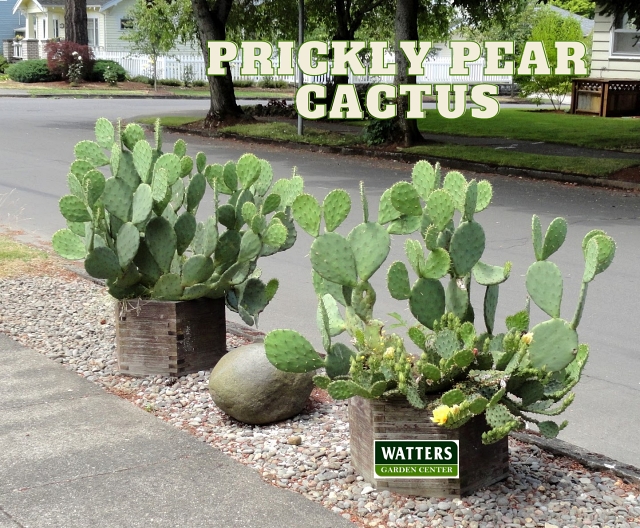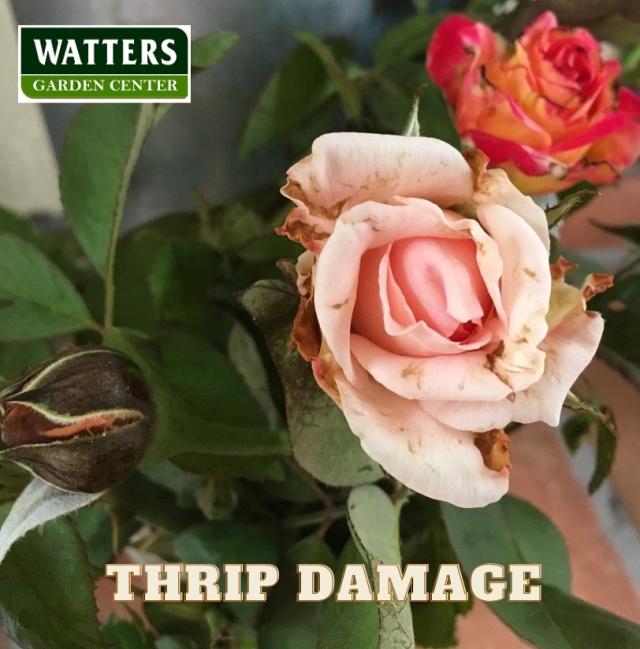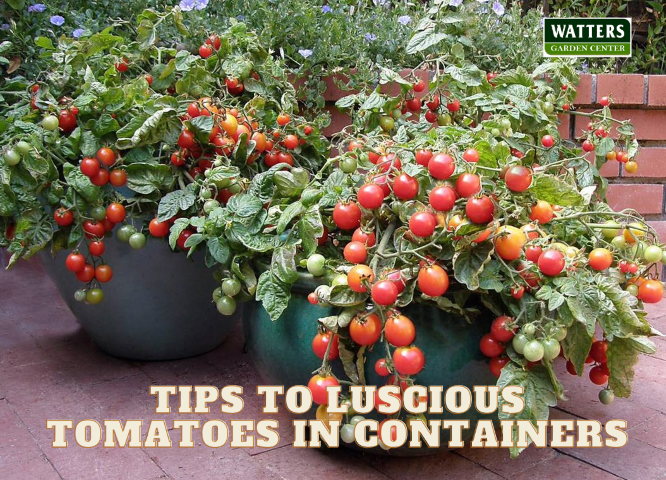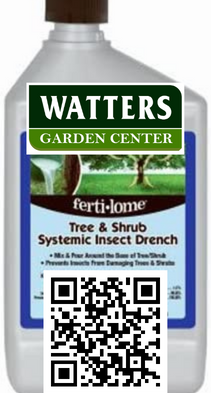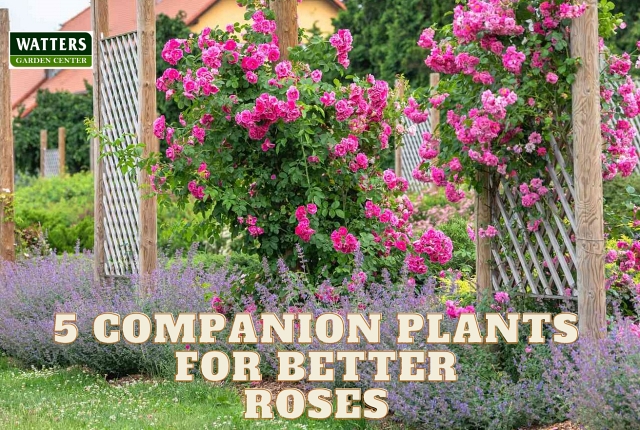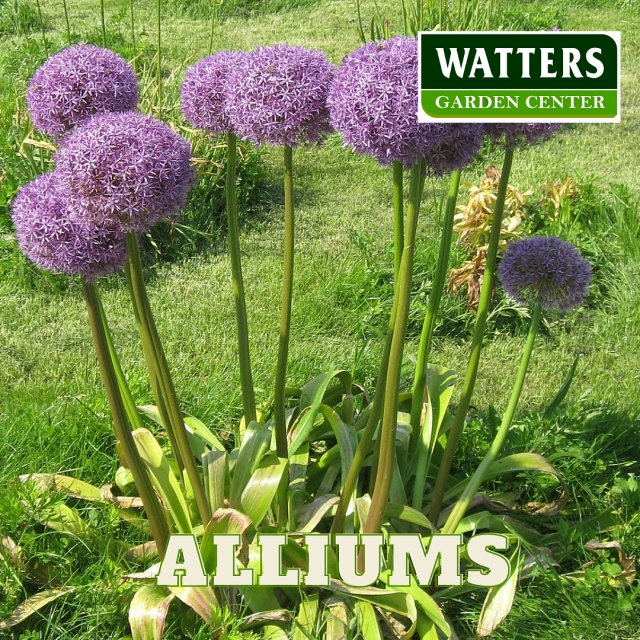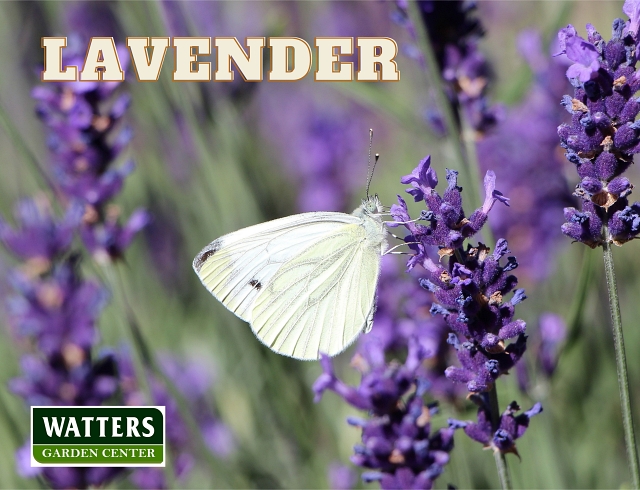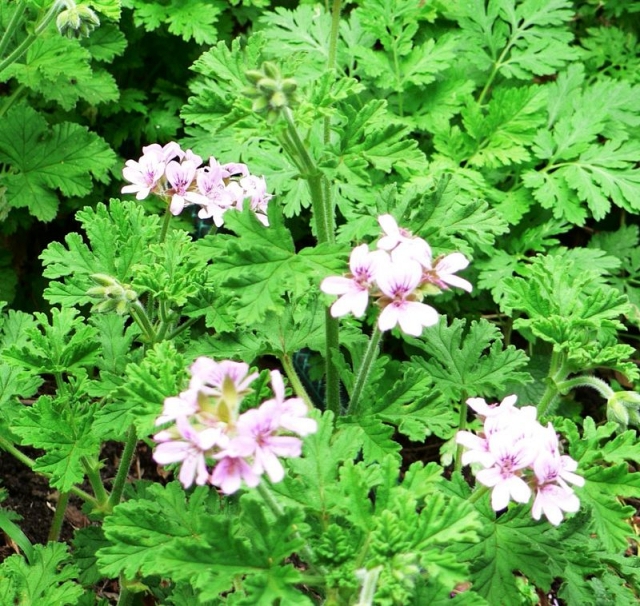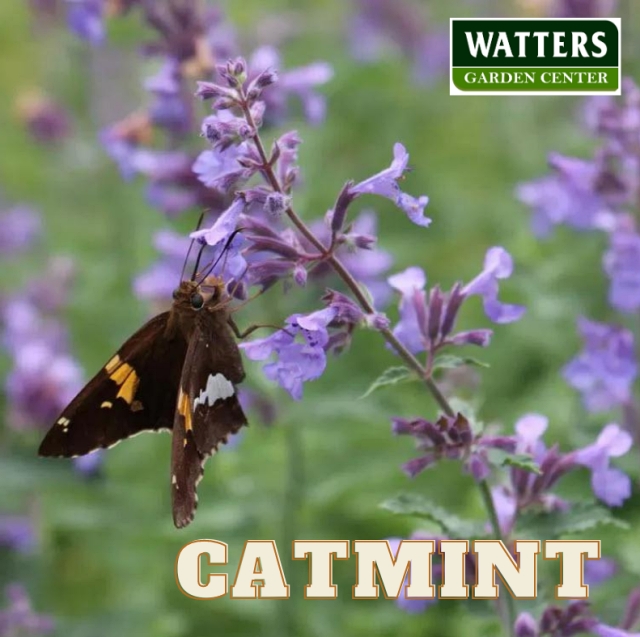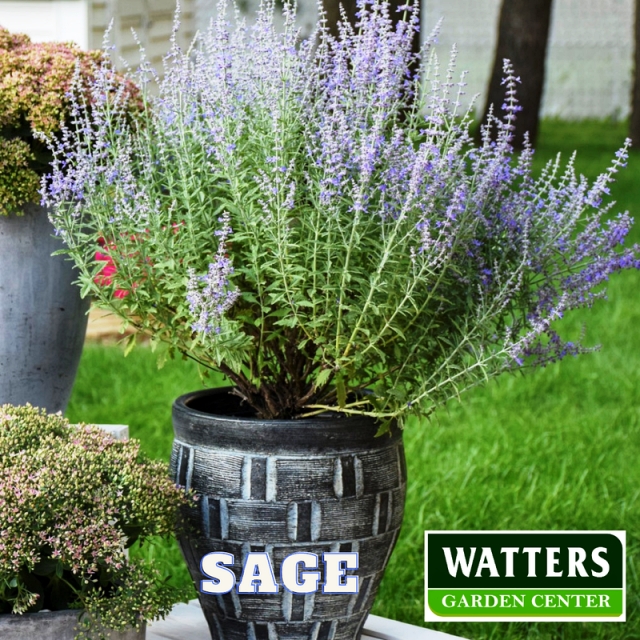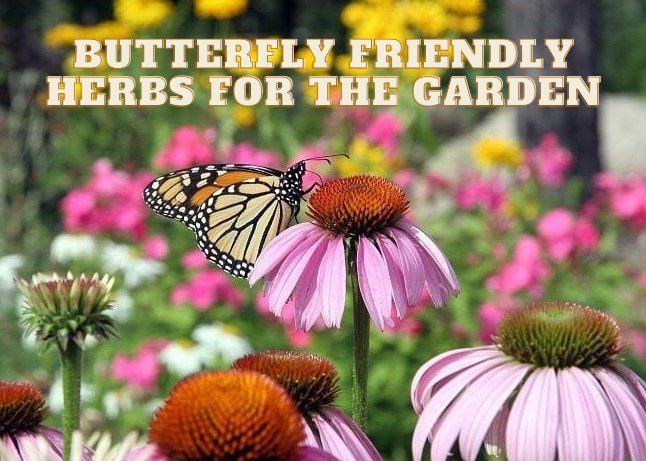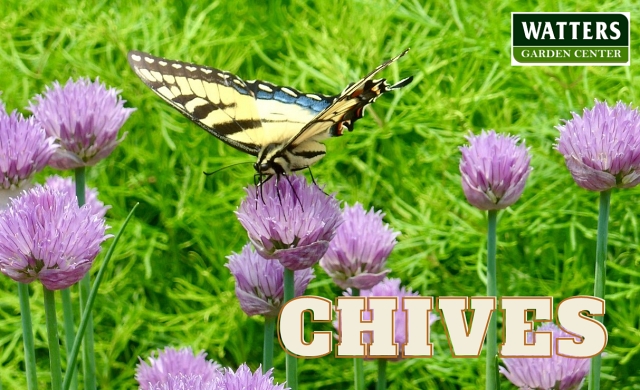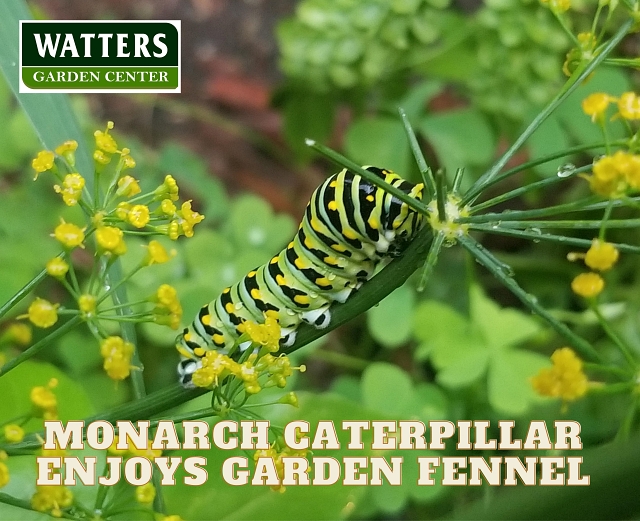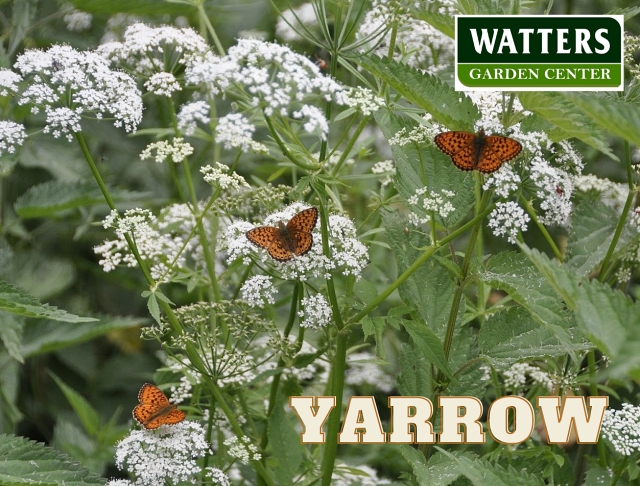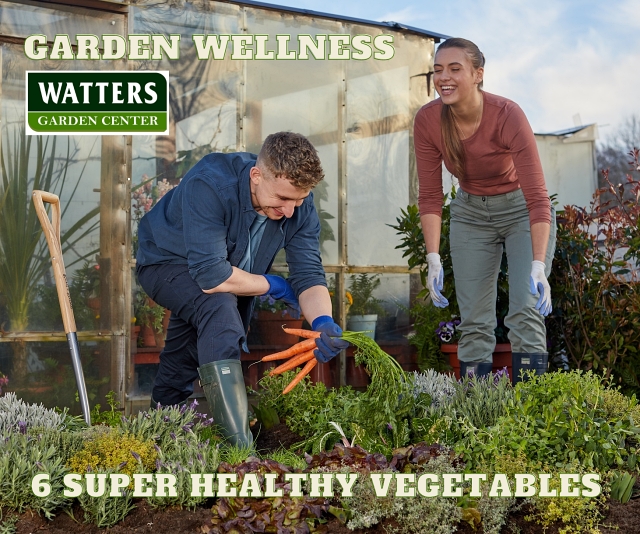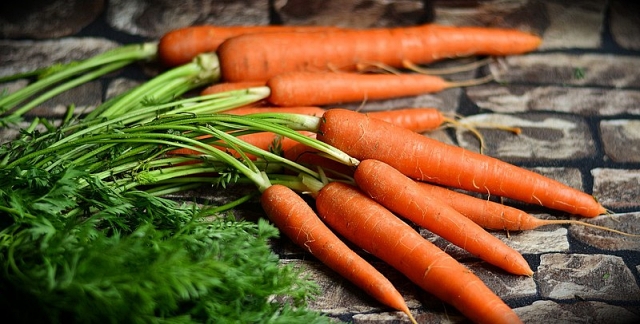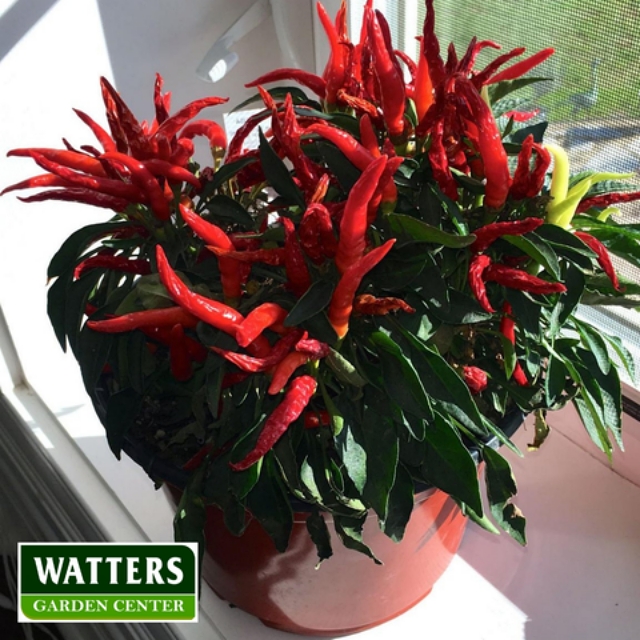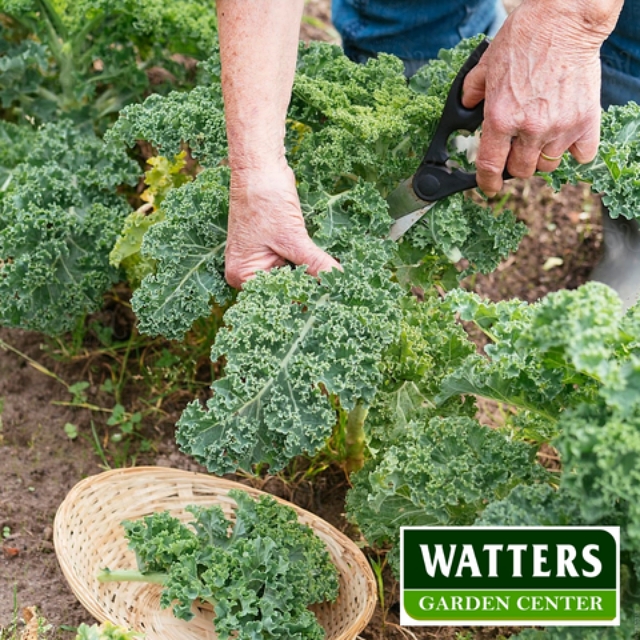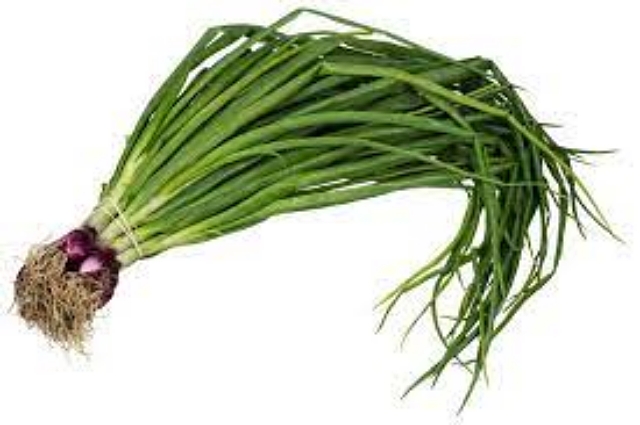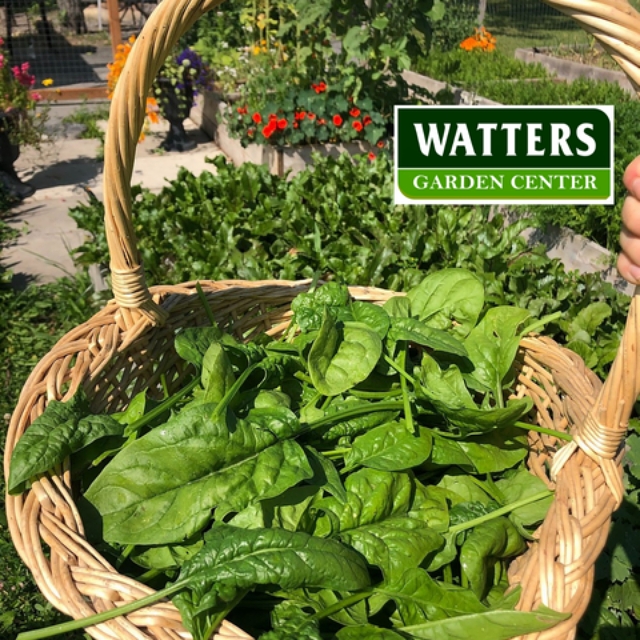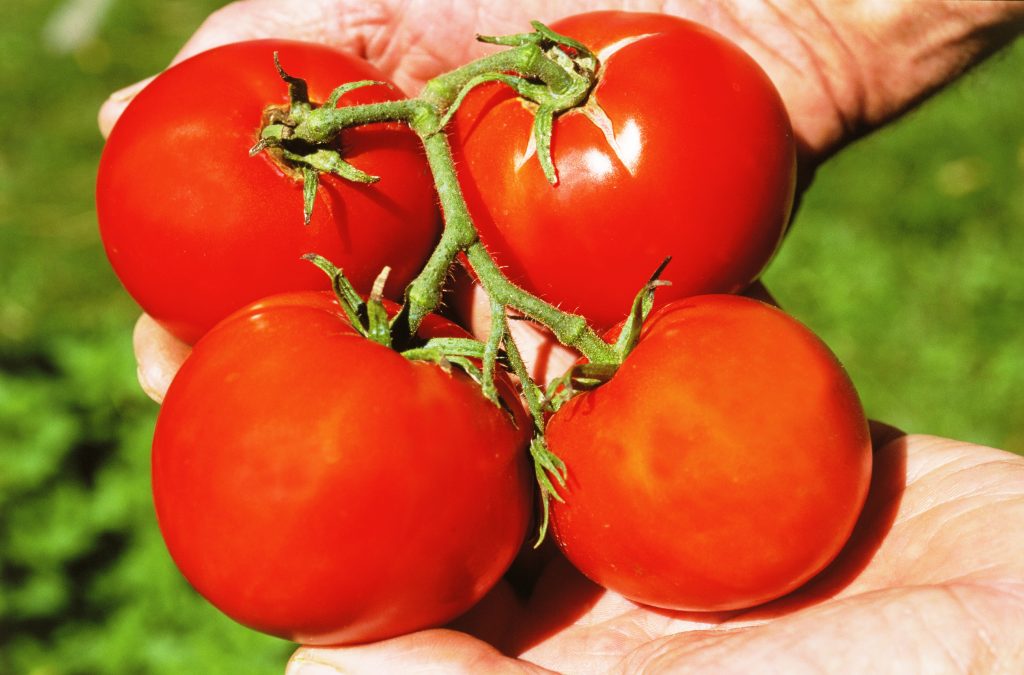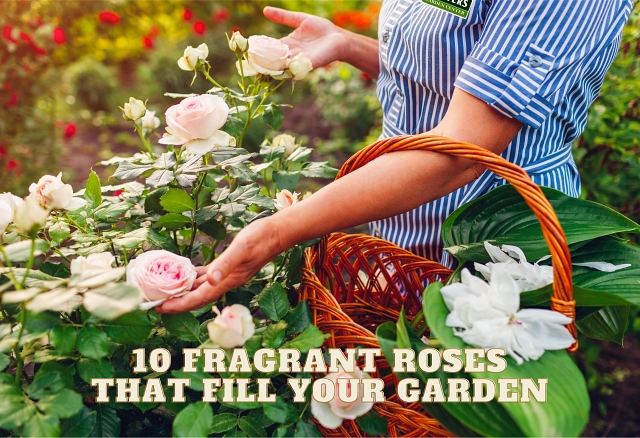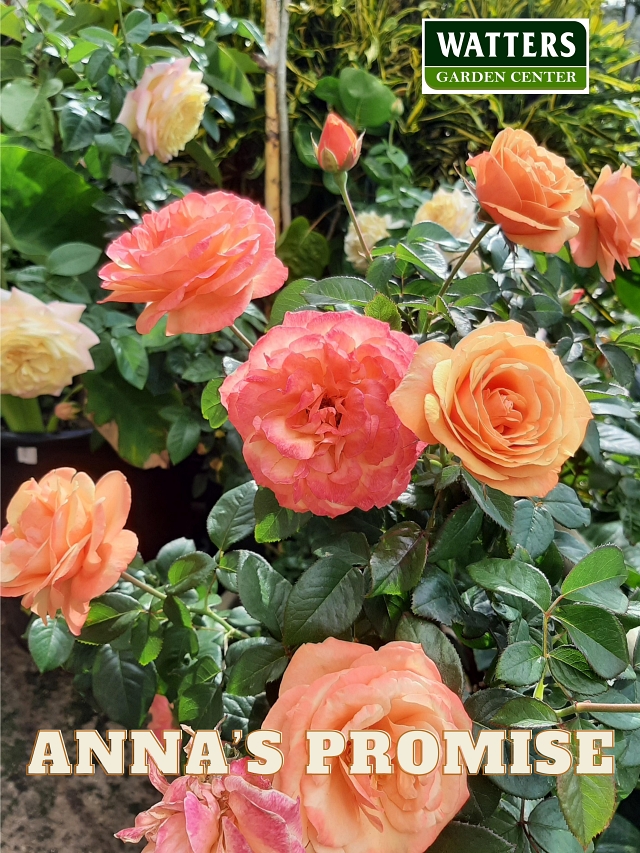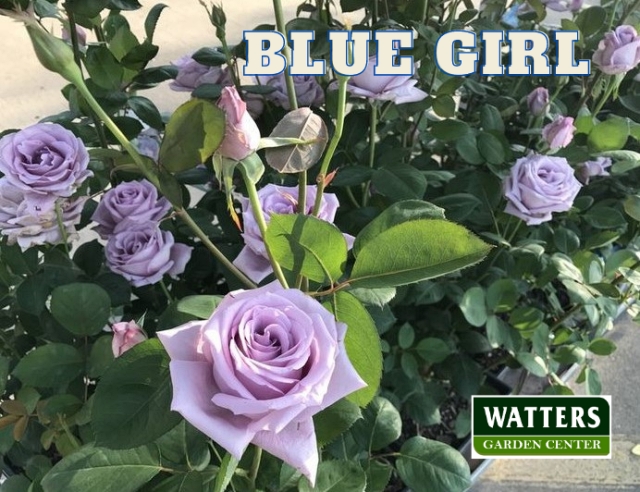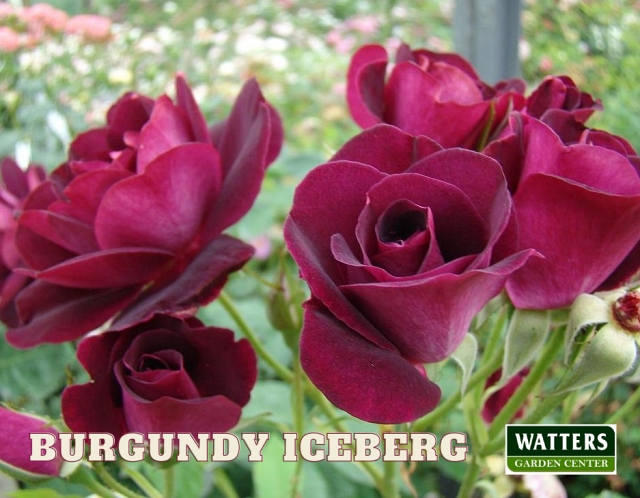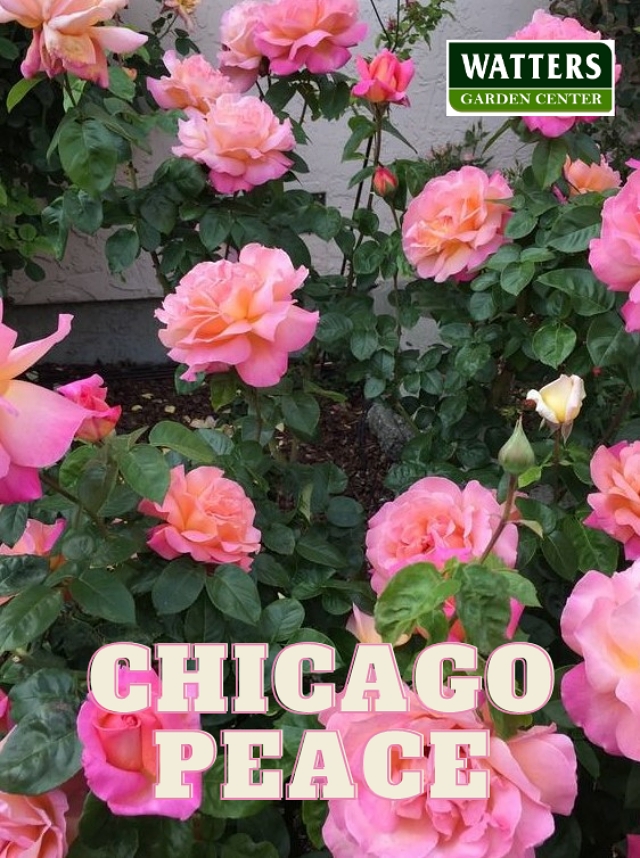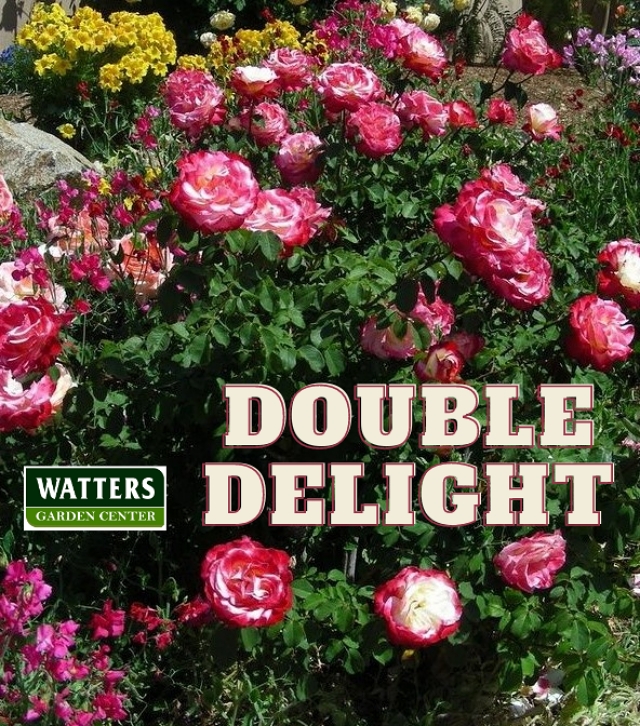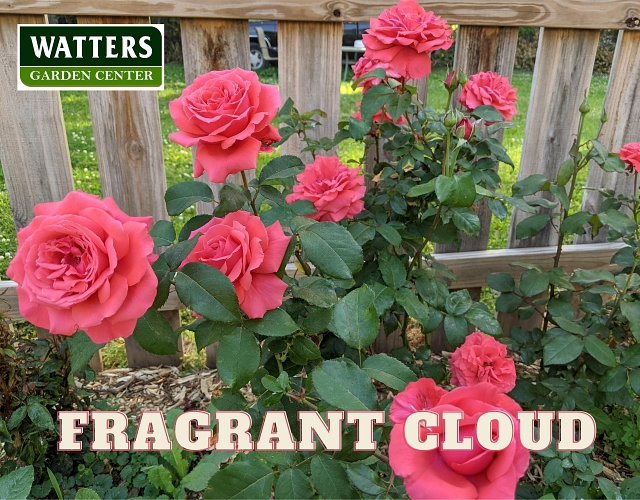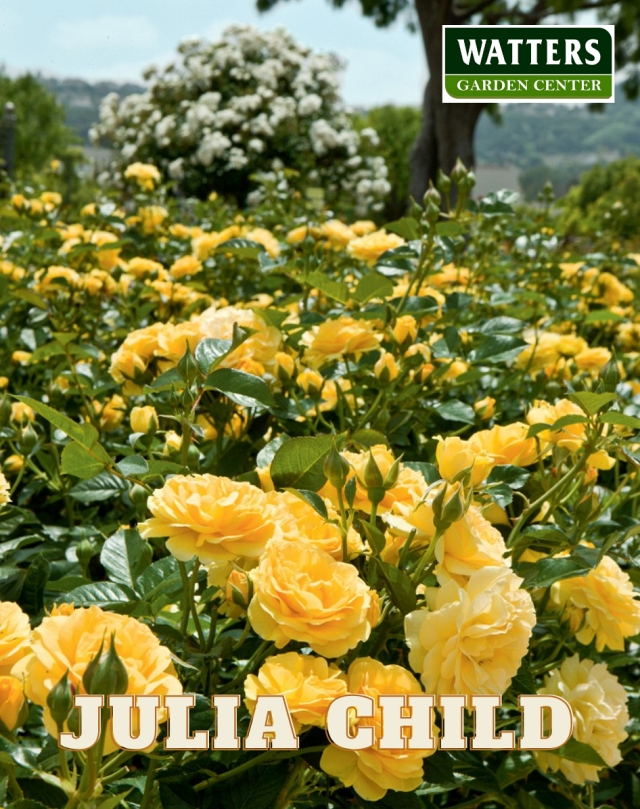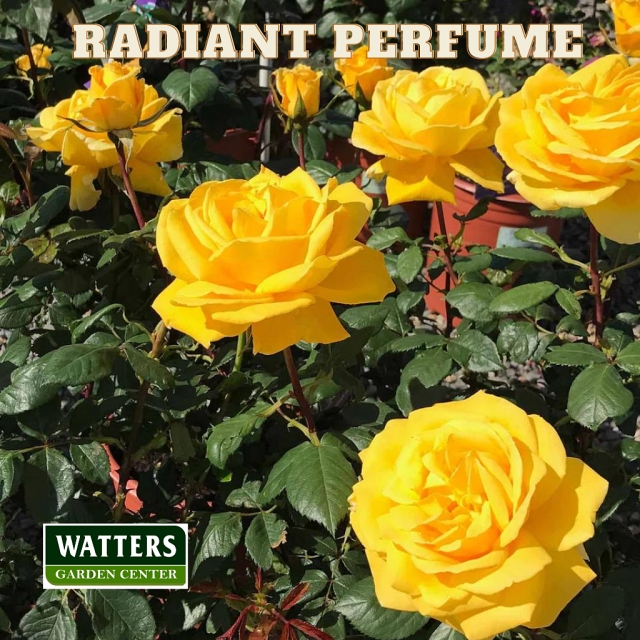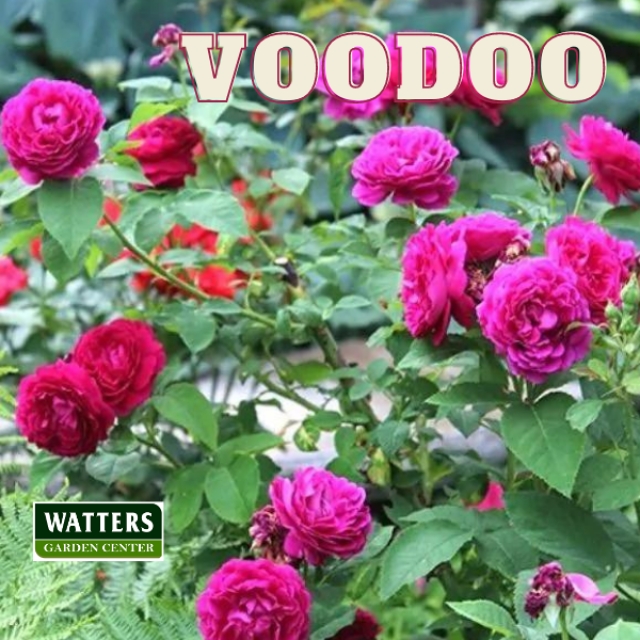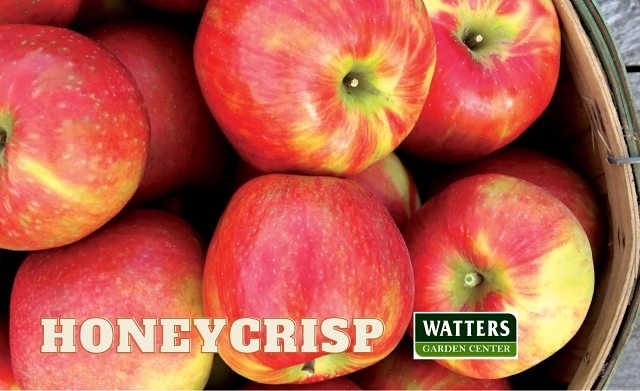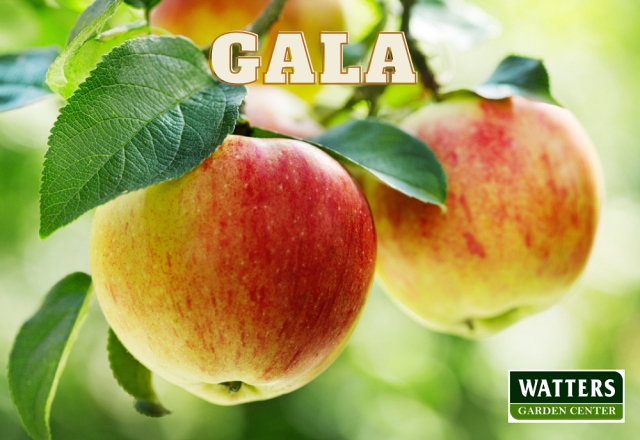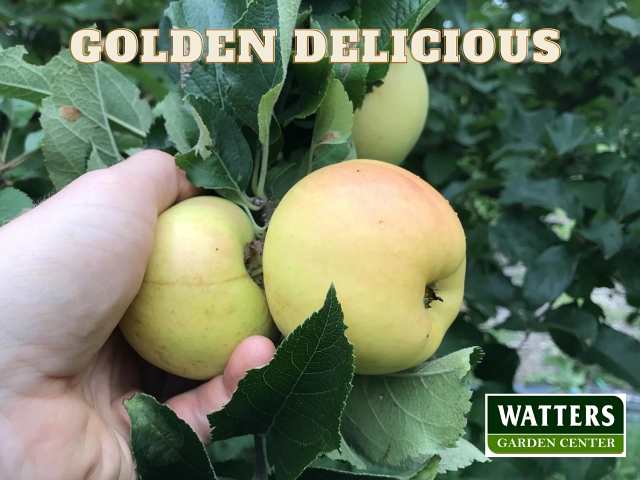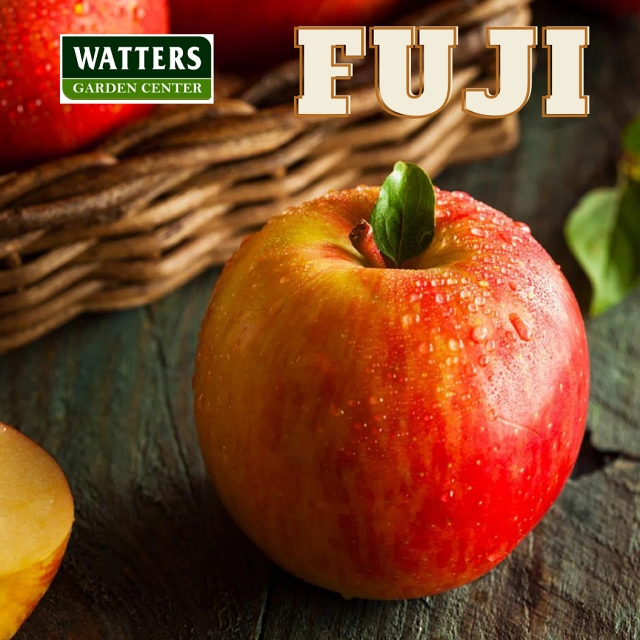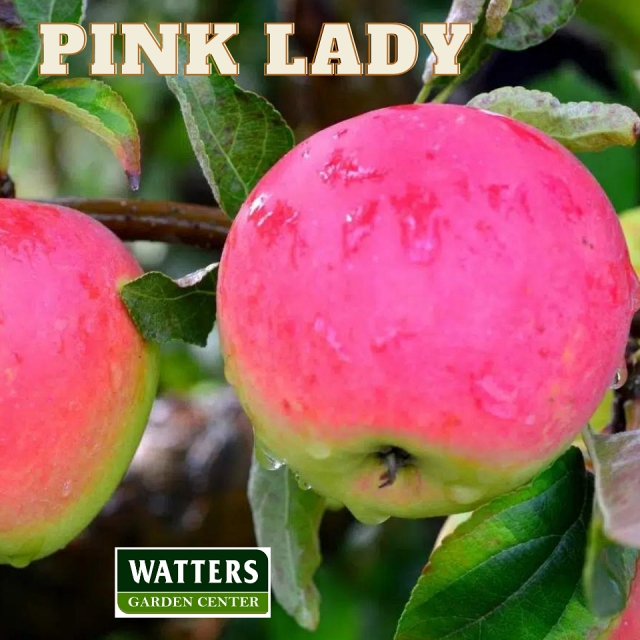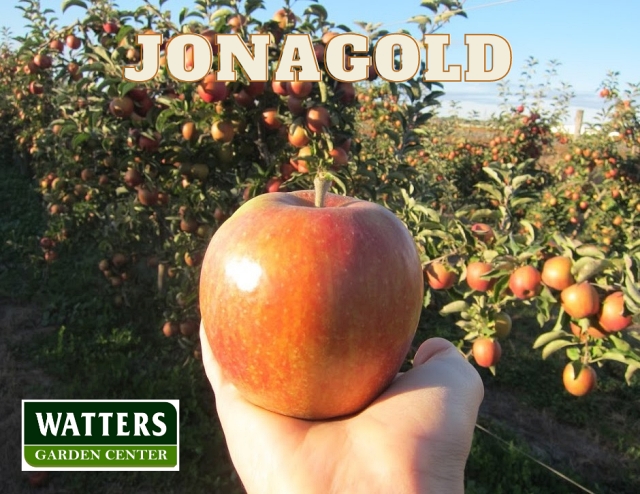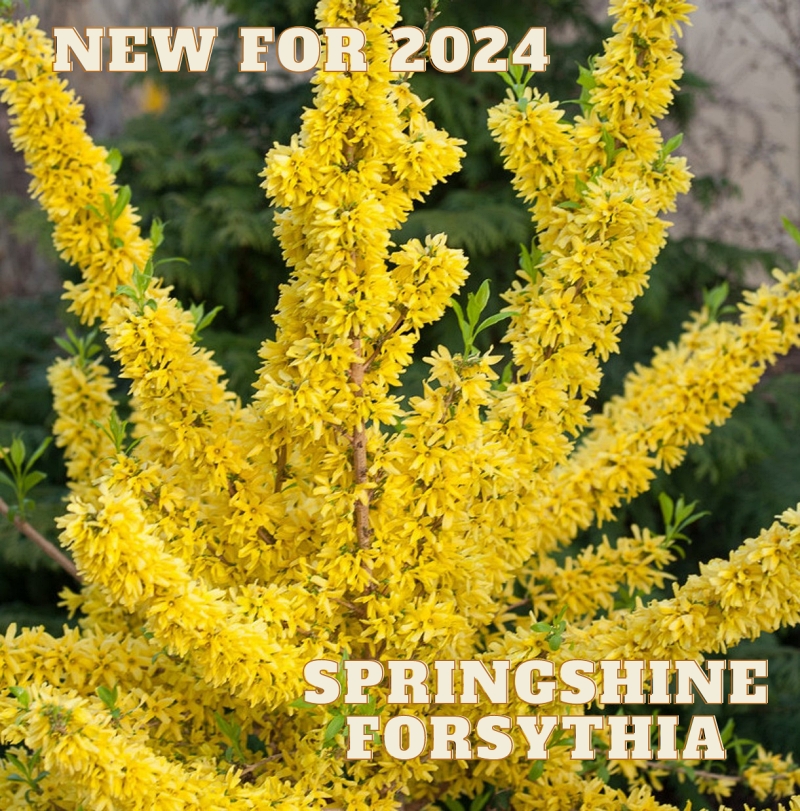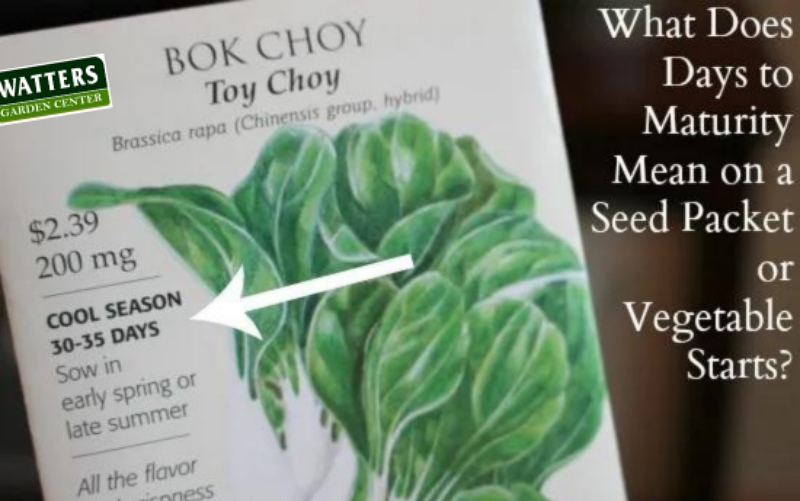by Ken Lain, the mountain gardener

Readers Digest Condensed Version of this Article
#1 Tall Roses and Climbers inject vibrant color into evergreen foundation plantings.
#2 Roses grow well in large containers for years of fragrant enjoyment on patios, decks, and courtyards.
#3 Plant roses en masse, train them into unique shapes like patio trees or let them sprawl as groundcovers.
#4 Tall roses can be grown into privacy screens, property dividers, or artistic focal points.
#5 Transform plain walls, fences, and arbors into floral masterpieces with climbing roses and ramblers
5 Companion Plants for Better Roses
Roses, the timeless beauties of the garden, are now more accessible than ever. Their captivating blend of colors, textures, and growth habits offer a versatile and practical option for any landscape. Modern breeding advancements have made them more disease-resistant and easier to grow. So, why not incorporate these dreamy shrubs into every corner of your landscape? Here are five fresh and practical ideas to inspire your rose designs this spring.
#1 Borderline Brilliance – Roses aren’t just for starring roles; they excel as supporting actors in mixed borders. Taller varieties like Crimson Sky Climbing Roseadd height and drama to the back of a border, while free-flowering, mid-sized granda-flora roses inject vibrant color into evergreen foundation plantings.
2024 Recommended Varieties:
#2 Container Romance: Bring the allure of roses to patios, balconies, and hardscaped areas with roses filling container gardens. A single showstopper shrub in a large pot makes a bold statement, while the new compact roses, like the orange Coral Cove Elegance Rose, thrive in mixed plantings with perennials and annuals.
2024 Recommended Varieties:
#3 Dramatic Flair – For a truly unforgettable impact, use roses en masse, train them into unique shapes like standards, or let them sprawl as groundcovers. Apricot Drift Groundcover Rose is a stunning example of the latter, cascading over slopes and softening edges.
2024 Recommended Varieties:
#4 Living Architecture – Move beyond traditional hedges and explore the structural potential of roses. Tall shrub roses like the versatile America Climbing Rose can be trained as privacy screens, property dividers, or artistic focal points. For a unique twist, use lower-growing varieties to outline pathways or delineate garden sections.
Remember, the secret to a lush hedge is close planting, ideally no more than 18 inches apart.
2024 Recommended Varieties:
#5 Vertical Enchantment – Transform plain walls, fences, and arbors into floral masterpieces with climbing roses and ramblers. Fragrant Eden Climber Rose is a classic choice, but pay attention to the charm of shorter varieties for adorning pillars and tuteurs. Be sure to choose a sturdy support structure, as some climbers can reach impressive heights.
2024 Recommended Varieties:
Roses, now easier than ever to grow, offer endless design possibilities. Don’t limit yourself to the flower bed. You can create vibrant borders, container displays, dramatic landscape features, living architecture, and vertical gardens with roses. You can bring these design ideas to life, and now is the ideal season to plant roses.
More In-depth Reading: 5 Companion Plants for Better Roses
As you embark on your rose gardening journey, remember that Watters Garden Center is here to support you with expert advice and a wide selection of roses with local style. We’re here to guide you every step of the way, ensuring your rose displays are stunning. Let’s create together!
Until next week, I’ll be helping gardeners design better rose gardens here at Watters Garden Center.



